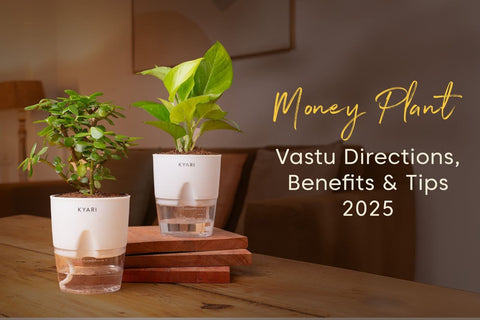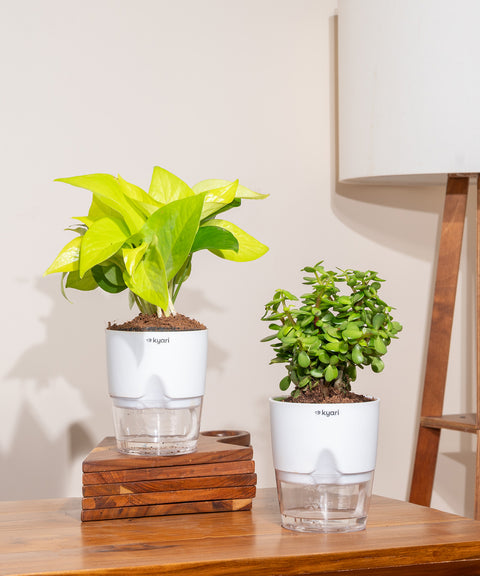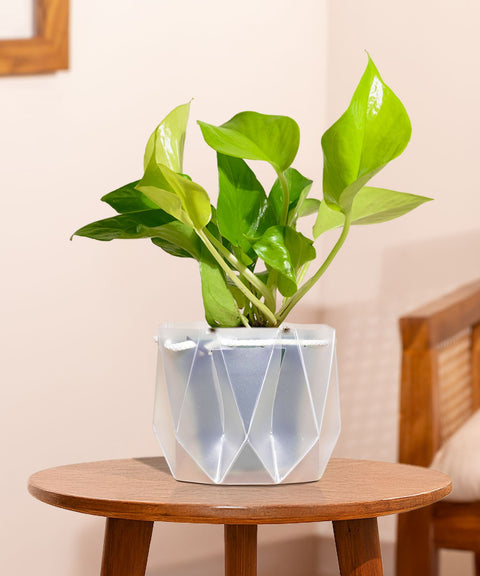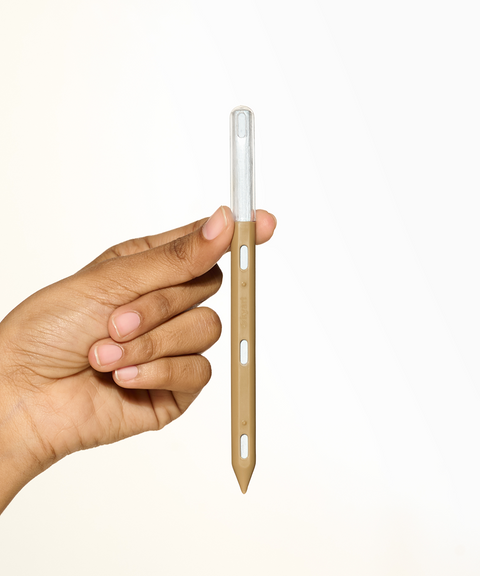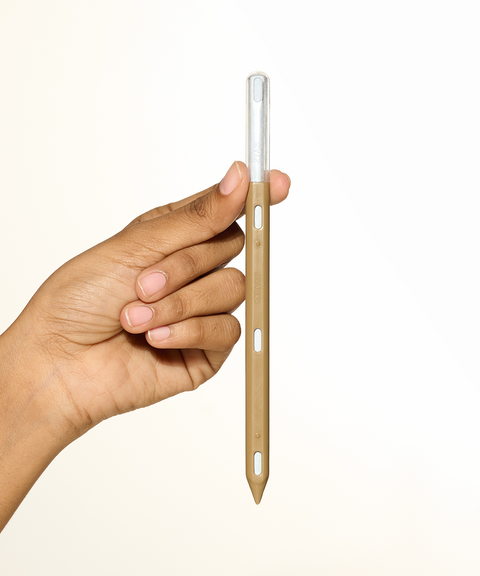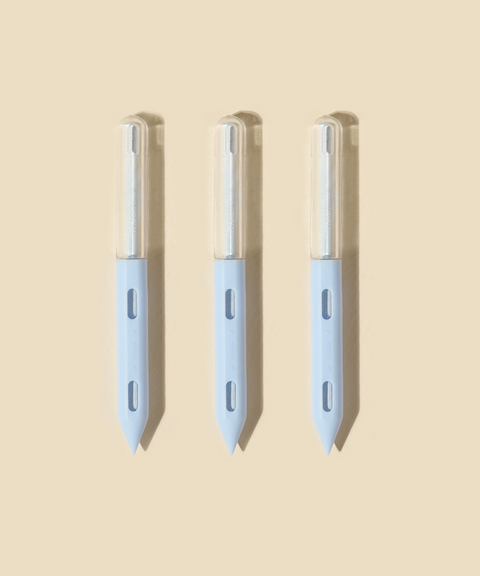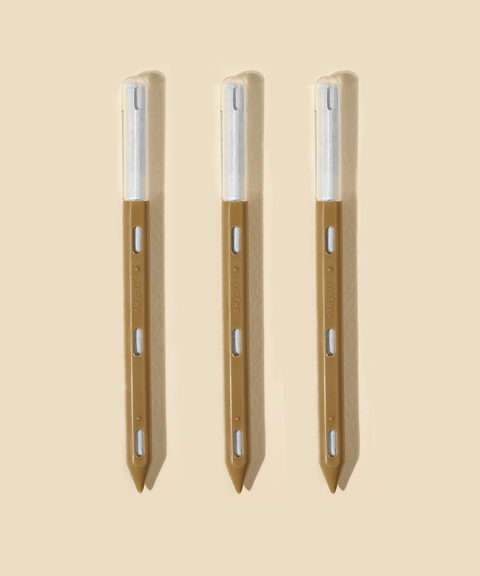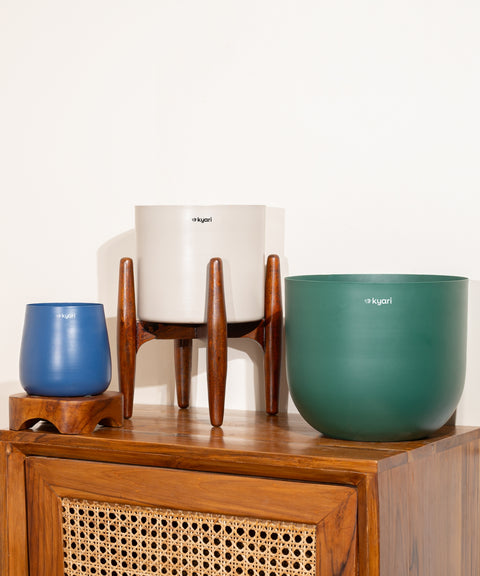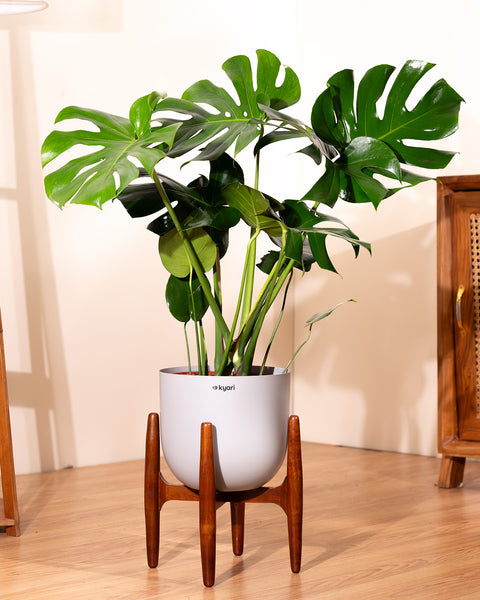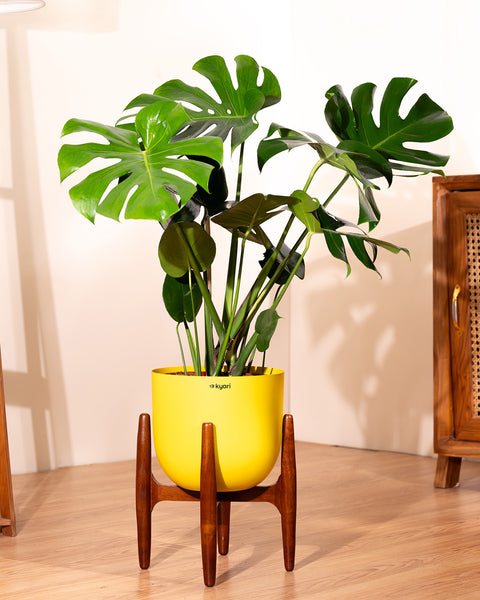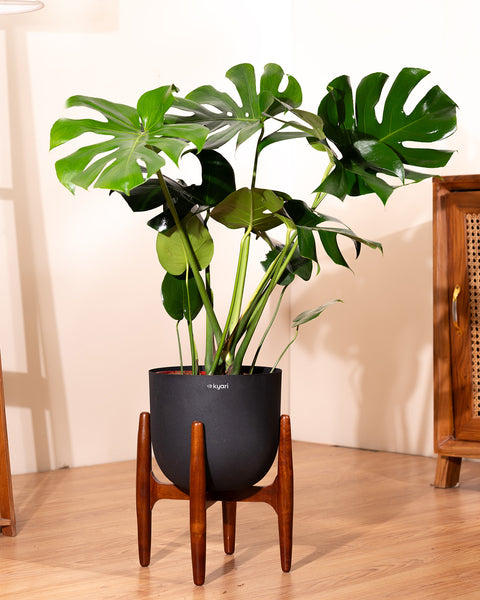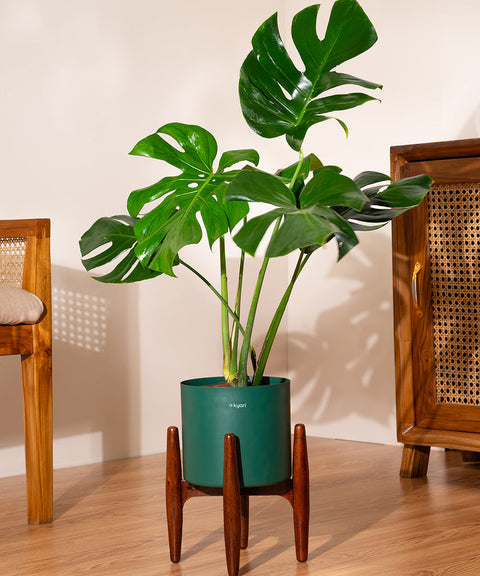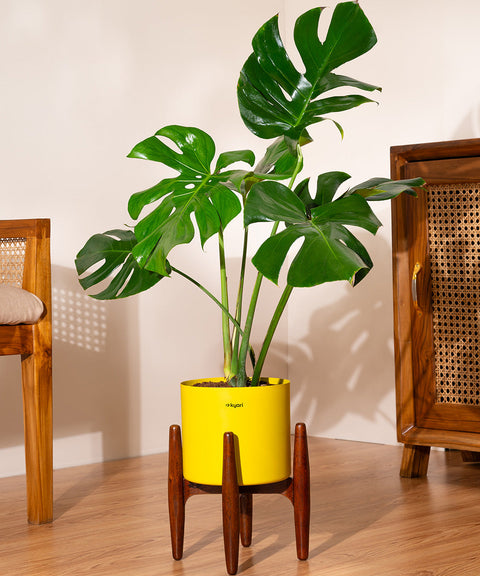Thuja or arborvitae is a sturdy evergreen tree that is prized for its use in landscaping, air purification, and medicine. It grows in North America and parts of Asia. As a multi-purpose plant, it has numerous uses in landscaping and traditional medicine. With its ability to thrive under various conditions, the uses of the Thuja plant go beyond aesthetics to include great benefits for the home and garden. In this guide, we will cover thuja plant benefits, its medical uses, growing methods, and important care tips to ensure its healthy growth.
Thuja Plant: Origins and Natural Habitat
Thuja belongs to the cypress family and prefers temperate temperatures. Thuja occidentalis (Eastern arborvitae) and Thuja plicata (Western red cedar) are especially favourite species. It flourishes in wet and cool environments and usually inhabits forests, wetlands, and mountain ridges. With its versatility, Thuja is widely cultivated in gardens, parks, and hedges.
Thuja Plant Benefits: Health and More
The benefits of the Thuja plant go far beyond gardening ornamentation. It has been used extensively in herbal medicine for centuries because of its medicinal action. Some of its most fascinating advantages are as follows:
1. Air Purification
Thuja trees act as air purifier plants by absorbing carbon dioxide and emitting oxygen. Dense leaves of Thuja help in filtering dust, allergens, and harmful chemicals and greatly enhance air quality. They can be used to reduce environmental pollution and enhance the freshness of air in urban areas.
2. Traditional Medicinal Uses
The Thuja plant medicinal uses are numerous, and therefore, the plant has been valued as a traditional medicine herb. It is employed using the leaves and oils to heal conditions such as:
• Respiratory health
Employed during steam inhalation to open congestion and colds, relaxing respiration.
• Skin diseases
Employed on warts, eczema, and fungus infections as it is anti-inflammatory and antiseptic.
• Immune support
Employed very frequently in homoeopathy for immunity and general health.
Thuja extracts are added to certain herbal supplements and over-the-counter creams for their healing abilities.
3. Pest Repellent Properties
Thuja has natural insect-deterrent substances that keep mosquitoes, insects, and even rodents away. Placing it around your house can form a natural screen against garden insects. Thuja's volatile oils also keep termites and moths at bay, making it ideal for protecting wooden objects.
4. Ornamental and Landscaping Value
Thuja is an evergreen shrub that is extensively planted in landscaping for hedges, borders, and windbreaks. Its for-ever green leaves make gardens more beautiful. Thuja's dense growth also gives privacy and serves as a natural sound barrier in outdoor settings.
How to Grow Thuja Plant at Home
Growing a Thuja plant at home is simple when you follow the right steps. Proper placement, soil, and planting ensure healthy growth.
1. Proper Location
Thuja does well in full sun to partial shade for optimal growth. Provide it with a minimum of six hours of direct sunlight every day for optimal growth. Positioning it in a well-lit, ventilated area prevents disease and produces thick foliage.
2. Suitable Soil Type
Thuja trees prefer well-draining, slightly acidic to neutral, loamy soil. Steer clear of waterlogged spots since too much water promotes root rot and a reduction in plant growth. Add sand or compost to the soil for better drainage and nutrient-retention capacity.
3. Planting Process
Dig a hole double the size of the root ball to provide room for root development. Carefully place the plant. Leave the root ball at the soil level for support. Fill the hole with soil, pressing it down gently to drive out air pockets and create firm contact.
Water thoroughly after planting, and mulch around the base to retain water and regulate temperature.
Thuja Plant Care Tips
Thuja plant care with few tips ensures its long-lasting health and overall growth. The best advice includes:
1. Watering
New Thuja plants require bi-weekly watering until their roots are established. Once they are mature, water only when the soil is dry to prevent overwatering. Ensure proper drainage, as excess water can cause root rot.
2. Pruning and Maintenance
Trim Thuja annually to keep it in good shape. Remove dead wood occasionally. Never over-prune, as this will cause the plant stress and slow down its growth rate. Prune with clean, sharp equipment to avoid disease transmission.
3. Fertilization
Fertilize Thuja in early spring with a balanced slow-release fertilizer to promote healthy growth. Excessive fertilization can produce lush foliage at the expense of weak roots. Always adhere to the recommended amount to achieve maximum results.
4. Pest and Disease Control
Keep close watch on bagworms, spider mites, and aphids, which will harm the plant. Organically treat infestations with organic insecticidal soap or neem oil. Provide good air circulation around the plant to avoid fungal diseases such as root rot and leaf blight.
Conclusion
Thuja is a highly adaptable evergreen that beautifies landscapes and health. Thuja is a plant that not only finds applications in the field of medicine but also cleanses the air and is low-maintenance.
Thuja is a great addition to homes and gardens if the plant is well-maintained. You can relish its greenery and benefits for years to come. Whether you want to grow a green privacy hedge or reap its medicinal benefits, Thuja is a wonderful addition to your balcony or garden.
If you want good-quality Thuja plants and top-notch gardening solutions, Kyari is your go-to destination. Our large collection of plants and gardening tools will assist you in growing a healthy green zone with ease!
Here are some other collections of plants, such as Small Indoor Plants, Vastu Plants, Self Watering Pots, Fast Growing, Stress Buster Plants.
Faqs on Thuja Plant
1. How long does Thuja take to grow?
Thuja shrubs are moderately fast growers that measure between 30 and 60 cm yearly, depending on species and growth conditions.
2. Can the Thuja plant be planted in the house?
Yes, Thuja makes a wonderful plant for the house. It's a natural landscape, hedge, or screen plant.
3. What type of soil is best for Thuja plants?
The ideal soil for Thuja is loamy, rich, draining and slightly acidic to neutral in pH.
4. Is the Thuja plant used for medicinal purposes?
Yes, thuja plant uses are medicinal in respiratory disease treatment, skin infection, and immunity booster.
5. Why are the leaves of my Thuja plant brown?
Brown leaves could be due to overwatering, poor drainage, or pest infestation. Take good care of the Thuja plant when the weather changes and have a healthier plant.








 Limited Time Deal
Limited Time Deal
 BYOB - Small Plants
BYOB - Small Plants








